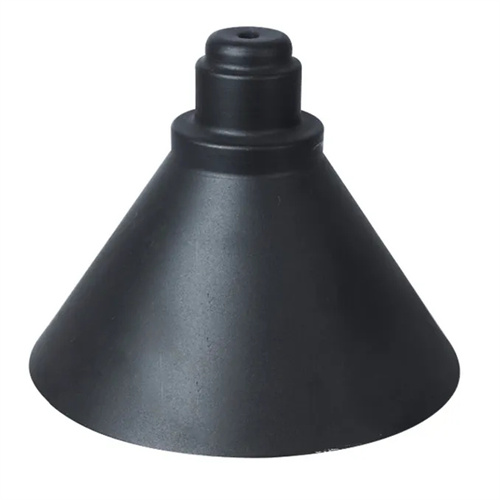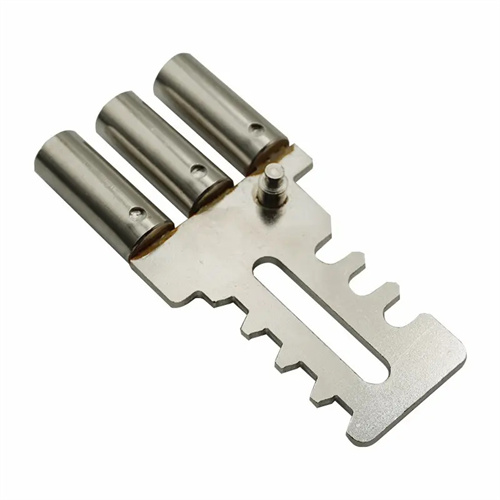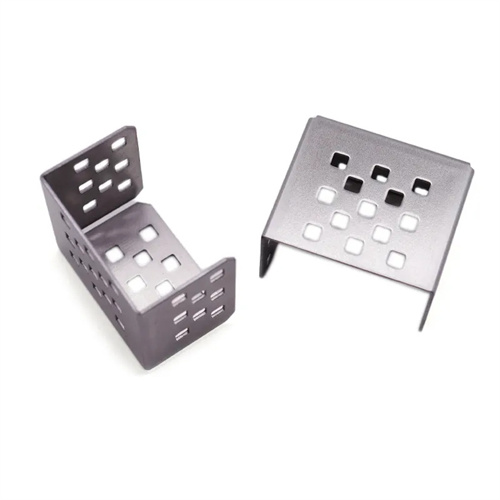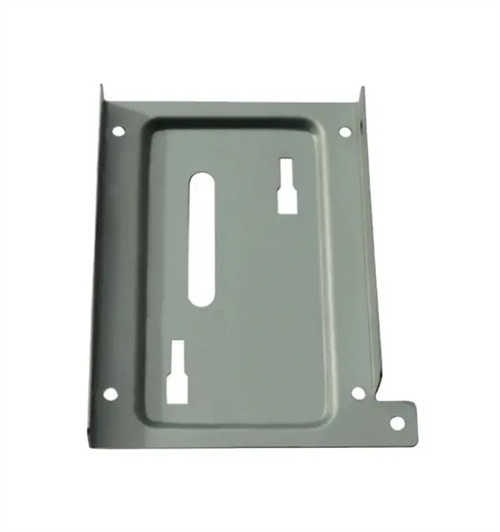Formed steel bars for concrete structures
Formed rebar for concrete structures refers to rebar products, including stirrups, bent bars, and embedded components, that are factory-formed according to design requirements. Mechanized processing replaces traditional on-site fabrication, resulting in precise dimensions, consistent quality, and efficient construction. These products are widely used in concrete structures such as construction projects, bridge construction, and underground pipeline corridors. The raw materials used are primarily hot-rolled ribbed bars (HRB400 and HRB500) and hot-rolled round bars (HPB300). The finished bars typically range in length from 0.5 to 12 meters, with parameters such as bend angle and hook length strictly conforming to the design drawings, within a tolerance of ±5 mm.

The production process for shaped rebar for concrete structures involves raw material inspection, straightening, cutting, bending, welding (if necessary), and quality inspection. First, incoming rebar undergoes mechanical and visual inspection to ensure that indicators such as yield strength and tensile strength meet standards and that the surface is free of cracks and rust. Straightening utilizes a CNC straightening machine to straighten the coiled rebar to a straightness tolerance of ≤1mm/m while also removing surface scale. Cutting utilizes a CNC shearing machine to precisely cut to the designed length, with a length tolerance of ≤±1mm and a smooth, horseshoe-like cut. Bending is a core process, utilizing a fully automatic CNC bending machine with a programmable control system to achieve multi-angle bending (0°-180°). The bend radius is determined by the rebar diameter (≥2.5 times the diameter), ensuring the bend is crack-free and maintaining an angle tolerance of ≤±1°. Complex shaped rebar (such as cages and truss bars) requires welding using flash butt welding or arc welding. The weld strength must be ≥90% of the parent material strength, and the weld quality must pass non-destructive testing. Finally, we will conduct appearance inspection, dimension verification and labeling, and randomly sample each batch of products for mechanical property re-inspection to ensure a 100% pass rate.

The performance advantages of preformed rebar for concrete structures make it a preferred material for modern building construction. First, high dimensional accuracy is achieved, with parameters such as bend angle and length deviation strictly controlled, resulting in a 4-5 times improvement compared to on-site processing (±20 mm deviation). This ensures uniform rebar cover thickness and enhances the durability of concrete structures. Second, factory-processed rebar offers excellent quality consistency, eliminating the potential for on-site errors. Mechanical property fluctuations are limited to ≤ 5%, and welded joint qualification rates are ≥ 99%, minimizing structural safety hazards. Third, construction efficiency is high. Preformed rebar can be directly tied or installed upon arrival, eliminating on-site straightening, cutting, and bending processes. This increases construction speed by 30%-50%, shortening construction schedules. Fourth, material utilization is high. Factory-optimized cutting reduces rebar loss to below 3%, saving 5%-7% of steel compared to on-site processing (loss rate of 8%-10%). Fifth, green construction offers the advantage of reducing noise and dust pollution generated by on-site rebar processing, meeting civilized construction standards and minimizing environmental impact.

Across various application scenarios, formed rebar for concrete structures plays a vital role in various projects. In housing construction, frame beams and columns utilize HRB400 formed rebar with a diameter of 8-12 mm. These are CNC-bent into rectangular or polygonal shapes to ensure a tight fit with the main reinforcement. In bridge construction, precast beams utilize HRB500 formed rebar with a diameter of 16-25 mm. Precise bending angles ensure that the forces meet design requirements. In underground pipe galleries, side walls and roof slabs utilize HPB300 formed rebar with a diameter of 6-10 mm. These rebars are supplied in coils to reduce on-site joints. In prefabricated buildings, precast panels and columns utilize formed rebar for embedded components and truss reinforcement. This is welded together to form a monolithic framework, improving component assembly precision. In nuclear power projects, containment vessels and reactor buildings utilize high-strength formed rebar with a diameter of 20-32 mm. Strict quality control ensures structural safety even under extreme operating conditions.

Industry trends indicate that formed rebar for concrete structures is moving toward intelligent, intensive, and high-strength production. Intelligent production is improving, with BIM technology enabling digital modeling and processing of rebar and the Internet of Things enabling full production process tracking, further improving processing accuracy to ±1 mm. Intensive processing is being promoted, with regional rebar processing and distribution centers established, covering a 50-100 km radius, achieving economies of scale. The increasing use of high-strength formed rebar (HRB600) reduces rebar usage by 15% under the same load conditions, reducing structural deadweight. Green processing techniques are being implemented, with energy-saving processing equipment and scrap steel recycling systems reducing unit energy consumption by over 20%. In the future, with the advancement of building industrialization and green building, the market share of formed rebar will continue to rise, driving the industry to achieve greater progress in digitalization, standardization, and efficiency.
